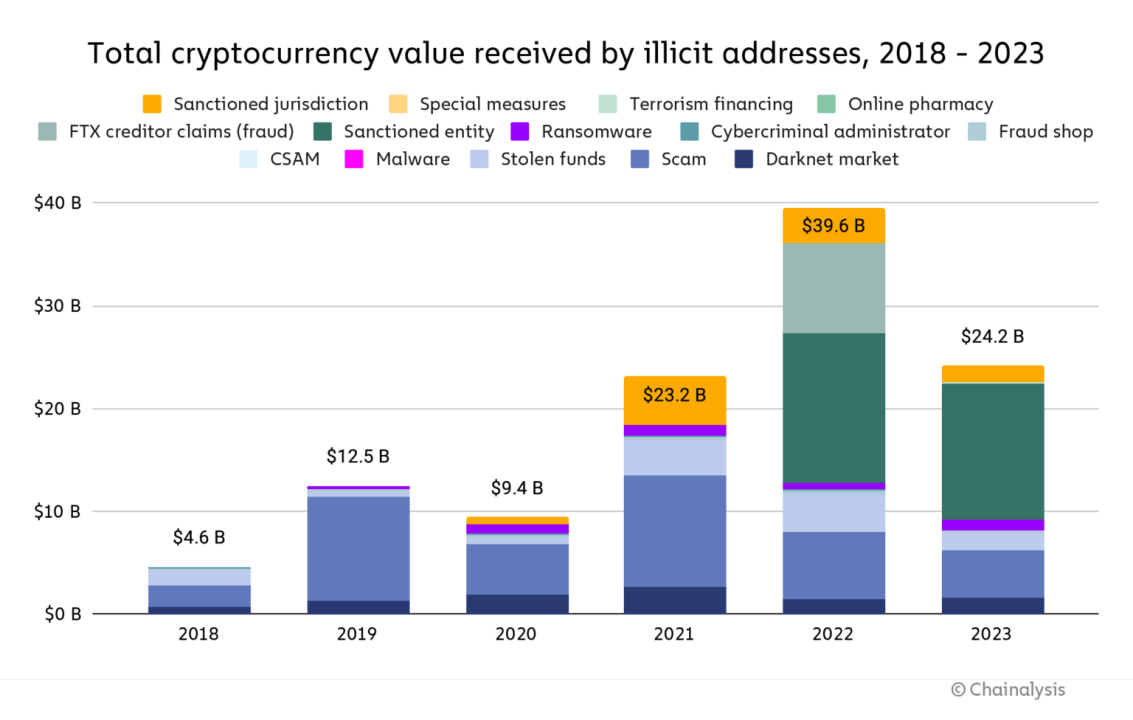The cryptocurrency market has become a cornerstone of the modern financial landscape, captivating the attention of investors, enthusiasts, and regulators alike. At the heart of this digital revolution lies the concept of market capitalization, a key metric used to gauge the size and significance of individual cryptocurrencies and the market as a whole. In this comprehensive analysis, we delve into the intricacies of cryptocurrency market capitalization, exploring its significance, dynamics, and future trajectories.
Understanding Cryptocurrency Market Cap:
Market capitalization, often abbreviated as “market cap,” is a fundamental metric used to assess the value of a cryptocurrency. It is calculated by multiplying the current price of a digital asset by its total circulating supply. This figure provides investors with insights into the relative size and dominance of a particular cryptocurrency within the broader market.
The Overall Cryptocurrency Market Cap:
As of the latest available data, the overall cryptocurrency market cap stands at [insert current market cap]. This staggering figure underscores the exponential growth and widespread adoption of cryptocurrencies over the past decade. Bitcoin, the pioneering cryptocurrency, continues to command a significant portion of the market cap, followed closely by Ethereum and a diverse array of altcoins.
Factors Influencing Cryptocurrency Market Cap:
Several factors contribute to the fluctuation of cryptocurrency market cap, including:
- Bitcoin Dominance: As the first and most widely recognized cryptocurrency, Bitcoin exerts a substantial influence on the overall market cap. Fluctuations in Bitcoin’s price often ripple through the entire ecosystem, impacting the valuations of other digital assets.
- Market Sentiment: The sentiment of investors and traders plays a pivotal role in shaping cryptocurrency market cap. Positive developments, such as regulatory approvals or institutional adoption, can propel market cap higher, whereas negative news or regulatory crackdowns may trigger sell-offs.
- Technological Innovations: Innovations in blockchain technology and the emergence of new use cases for cryptocurrencies can drive market cap growth. Projects that offer novel solutions to real-world problems or improve upon existing blockchain platforms often attract investor interest and contribute to market cap expansion.
- Regulatory Environment: Regulatory developments, both domestically and internationally, can have a profound impact on cryptocurrency market cap. Regulatory clarity and favorable frameworks tend to instill confidence among investors, whereas regulatory uncertainty may dampen market sentiment.
- Market Liquidity: Liquidity, or the ease with which a cryptocurrency can be bought or sold without significantly impacting its price, is another crucial factor influencing market cap. Cryptocurrencies with higher liquidity typically exhibit higher market caps, as they are perceived as more stable and attractive to investors.
Trends Shaping Cryptocurrency Market Cap:
- Institutional Adoption: The influx of institutional capital into the cryptocurrency market has been a significant driving force behind the growth of market cap. Institutional investors, including hedge funds, asset managers, and corporations, are increasingly recognizing the value proposition of cryptocurrencies as an alternative asset class.
- Decentralized Finance (DeFi): The rapid expansion of the decentralized finance sector has propelled the market cap of DeFi tokens to new heights. These tokens, which power a wide range of financial services such as lending, borrowing, and trading, have garnered immense interest from investors seeking exposure to the burgeoning DeFi ecosystem.
- Non-Fungible Tokens (NFTs): The proliferation of NFTs has added a new dimension to the cryptocurrency market, driving significant market cap growth in the digital collectibles space. NFTs, which represent unique, indivisible assets on the blockchain, have captured the imagination of artists, creators, and collectors worldwide.
- Environmental Concerns: Growing concerns over the environmental impact of cryptocurrency mining have led to increased scrutiny and calls for sustainable alternatives. Cryptocurrencies that utilize more energy-efficient consensus mechanisms, such as proof-of-stake, may gain traction and contribute to shifts in market cap dynamics.
Future Prospects and Challenges:
Looking ahead, the cryptocurrency market cap is poised for further expansion, driven by technological innovation, mainstream adoption, and evolving regulatory frameworks. However, challenges such as regulatory uncertainty, scalability issues, and environmental concerns remain significant hurdles that must be addressed to sustain long-term growth.
Conclusion:
Cryptocurrency market cap serves as a barometer of the industry’s growth and maturation, reflecting the collective value and potential of digital assets. As the market continues to evolve, understanding the dynamics of market cap is essential for investors, policymakers, and industry stakeholders alike. By staying attuned to emerging trends and developments, participants can navigate the ever-evolving landscape of cryptocurrency with confidence and insight.
